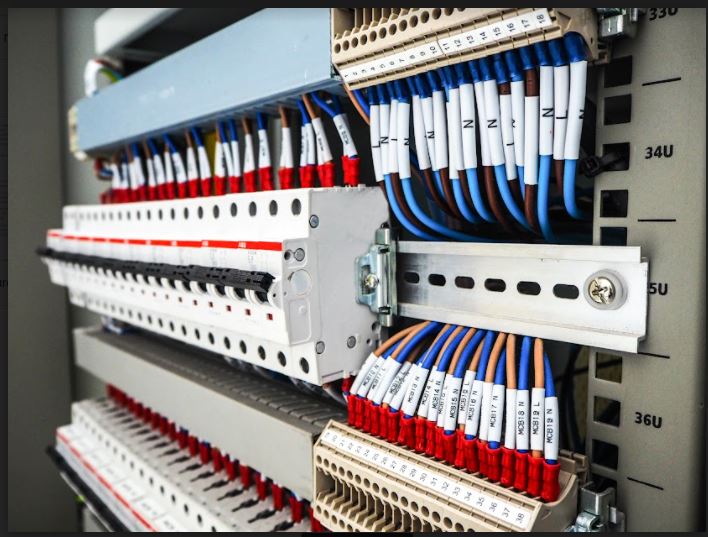Designing a control panel may take longer than people would expect. Making sure that each feature is in the right place and fully functional involves lots of planning. A schematic drawing indicating where everything should go, and getting all the components, wiring, and controls into working order is the starting point for a good design. Usually, an electrical engineer would spend hours drawing up the plans on paper before using computer-aided drawing applications to create the finished diagram.

There are many more features that’d make for a properly-designed control panel, and some are listed here:
- Functional Layout
The layout of the components, wires, and control buttons would have to be logically arranged according to their function while observing panel design best practices.
Each control panel will have a power source connected to them, and it’d make sense to create the layout around this. Components that’d withstand higher voltages could be placed closest to the power source and all other parts spaced in descending order.
Components with high resistance to heat should also be put above the more sensitive parts as heat may arise during the panel’s operation. The heat generated through use may affect the more sensitive components and hinder their function.
Similar to the planning involved with the component layout, the wiring positioning should also be considered. Most of the control panels used in the field have their power source connected from the bottom of the board. A good panel layout would make for more effortless operation and a durable design.
- Component Labeling
Control panel design could involve many components and other electrical features. Labeling these parts is essential to the creation of these panels. Other electricians should work on the board because the person designing the control panels won’t always be available to provide insight regarding repairs or malfunctions. For any other person to work on the issue and find the fault as quickly as possible, the components should be appropriately labeled.
The size of the components and the control panel would make it difficult to label with long words or phrases; thus, a shorthand or abbreviation is used. When using these shortened versions, the designer should use labels that make sense to everyone else viewing or working on the panel.
Labeling the power source for the panel would also be crucial to the design. Electrical cables providing the power to the control panel should be marked with information about the origin and connections.
Should there be an external electrical issue, the operators and electricians should trace the power source quickly for them to shut off the power to the correct grid when needed. In short, the control panel design should be people-centered while being functionally correct.
- Sizing And Spacing
Big and bulky designs may hinder the functional aspects for the operator, but having enough space on the inside to accommodate all the components is essential. There’s a fine line between the correct size for optimizing the use and the size of the control panel to fit all the working components. A good design would incorporate both form and function.
When designing the control panel, the layout of the components should ensure that heat is efficiently distributed away from the working parts. Another reason to add adequate space would be the possibility of expansion. Some control panels would need room for new developments and applications later.
The wiring should also be considered when designing the control panel, especially if there are planned expansions. Sizing and spacing the components on the inside of the board should accommodate extra wiring that could be tucked away until they’re needed.
- Wire Design
All electrical cables generate heat when conducting electricity. For this reason, the layout and design of the wiring for the control panel should be carefully thought through.
The heat generated by the wiring may affect the components and cause them to work inefficiently and decrease their durability. The person installing or working on the control panel should have a good idea of where all the wires are connected to, and having a mess of wires stuffed into the panel housing wouldn’t help them.
A good design would ensure that the wiring is precise and neat to eliminate problems down the line. Having crossed wires or a crow’s nest of different cables could be a health hazard to operators and electricians.
Connecting It All
The difference between a properly-designed control panel and a dysfunctional one would be the planning that goes into each. Ensuring that each part of the panel is designed with form and function in mind would be the top priority for the designer. Safety and ease of use would be non-negotiable features of the design. Plan wisely for creating the best quality control panels.






